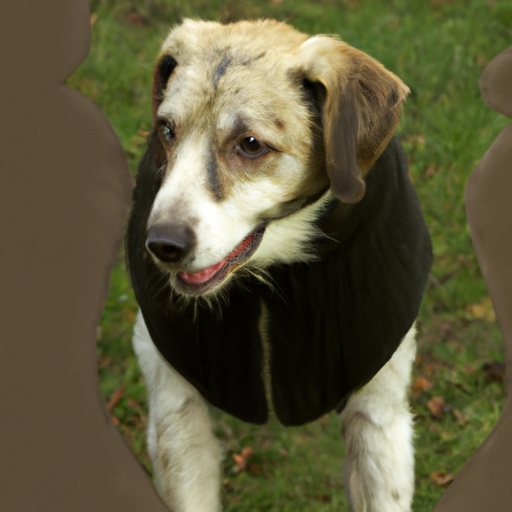Dogs are man’s best friend. Their loyalty, companionship, and abilities have made them an integral part of human society. But have you ever wondered, “How well do dogs see?” The answer is more complex than you might think.
Table of Contents
- Canine Vision: An Overview
- The Science Behind Canine Vision
- How Colors Appear to Dogs
- Dogs’ Night Vision Capabilities
- Assessing Your Dog’s Vision
- Frequently Asked Questions
- Conclusion
Key Takeaways
- Dogs see differently than humans, with their vision being more similar to a human with red-green color blindness.
- Dogs have superior night vision and motion detection abilities compared to humans.
- Regular check-ups can help maintain the health of your dog’s eyes and vision.
Canine Vision: An Overview
When it comes to vision, dogs see the world differently than humans. Contrary to popular belief, dogs are not colorblind in the sense that they only see in black and white. Instead, their world is a blend of blues and yellows. This is because dogs only have two types of color receptors (known as cones) in their eyes, whereas humans have three.
Additionally, dogs have a higher flicker sensitivity, meaning they perceive motion better than humans. This is why your dog might seem to notice a squirrel or a tennis ball long before you do.
The Science Behind Canine Vision
The canine eye is quite different from a human’s. Dogs have a structure called the tapetum lucidum, which boosts their night vision capabilities. The tapetum lucidum is a layer of cells in the dog’s eye that reflects light back through the retina, enhancing vision in low-light conditions. This is why dogs’ eyes sometimes appear to glow in the dark.
Their eyes also have more rod cells, which are responsible for detecting motion and providing peripheral and night vision. This makes them very good at spotting moving objects, even in the dark.
How Colors Appear to Dogs
Dogs see a spectrum of colors that is more limited than what humans see. They perceive the world in shades of blue and yellow but cannot distinguish between red and green. According to a study published in Psychology Today, dogs see the colors of the world as basically yellow, blue, and gray.
Dogs’ Night Vision Capabilities
Dogs have excellent night vision, thanks to the tapetum lucidum and an abundance of rod cells in their eyes. While humans might struggle to see in dim lighting, dogs can navigate with ease. This is part of the reason why dogs were so valuable as working animals in the days before electricity.
Assessing Your Dog’s Vision
The best way to assess your dog’s vision is through regular check-ups with a veterinarian. There are also some signs you can look for at home. If your dog is hesitant to jump onto furniture or navigate stairs, or if they’re bumping into things, they may be experiencing vision problems.
If you have a working dog, there are additional resources available to help assess your pup’s visual capabilities. For example, the One Top Dog website offers a variety of articles and resources about working dogs, including information on how to assess the health of a working dog and how to provide the best care for a working dog.
Frequently Asked Questions
-
Do dogs see in color or black and white?
Dogs do see in color, but not in the same way humans do. They can distinguish between blue and yellow but not red and green. -
Can dogs see in the dark?
Yes, dogs have superior night vision compared to humans due to a structure in their eyes called the tapetum lucidum. -
How can I tell if my dog is having vision problems?
Signs of vision problems can include bumping into things, hesitating to jump or climb stairs, changes in behavior, and cloudiness or redness in the eyes.
Conclusion
In conclusion, while dogs may not see the world in the same colorful detail that humans do, their vision is perfectly adapted to their needs. They are adept at detecting motion and navigating in low light, making them the perfect companion for those early morning or late-night walks. So next time you look into your dog’s eyes, remember there’s a whole different world being seen through them.



